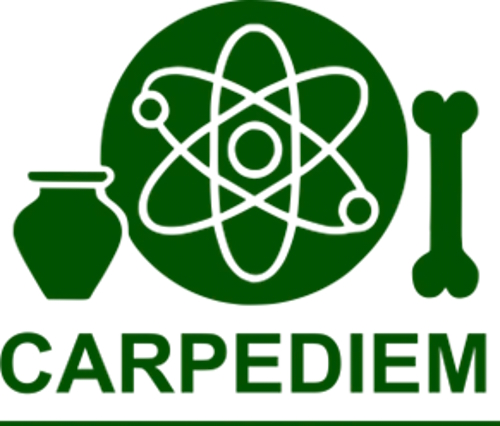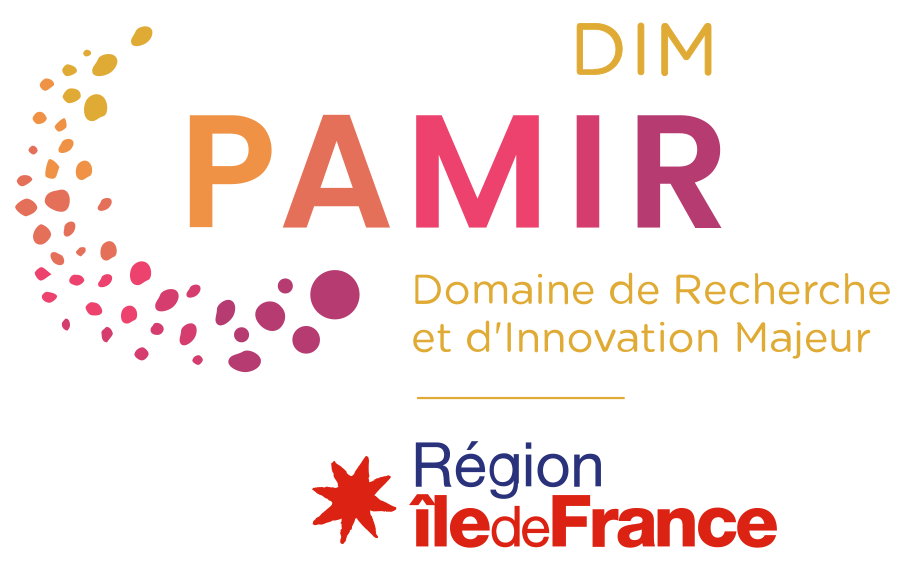
CARPEDIEM
Coupled elemental Analyser -gRaphitsation system – mass sPectrometer sEtup for radiocarbon Dating and Isotopic analysis of hEritage Material
Scientific responsibility :
- Thibault Clauzel
- François Thil
- Lucile Beck
- Julie Gordon
- Eléonore Kissel
Methodological axes :
Thematic fields :
Disciplinary sectors :
Funding :
- DIM PAMIR
- C2RMF
Project ID : IDF-DIM-PAMIR-2025-5-001
Summary :
Radiocarbon dating and isotopic geochemistry are useful tools for museums to authenticate art pieces and to reconstruct the history of objects and collections. The Centre de Recherche et de Restauration des Musées de France (C2RMF), which is a national service of the French Ministry of Culture, plays a key role in these fields at both the regional and national levels. The CARPEDIEM project aims to enhance the analytical performance of the C2RMF by developing an integrated setup that allows both preparation for radiocarbon dating and stable isotope measurement on a single sample. This setup consists of three interconnected components: an elemental analyzer, a graphitization system, and an Isotope Ratio Mass Spectrometer (IRMS). Within this setup, the elemental analyzer ensures the complete combustion of organic samples (e.g., wood, charcoal, animal or plant textiles, bone collagen), followed by gas purification and separation. A fraction of the carbon dioxide (CO₂, ≈5%), along with dinitrogen (N₂), is directed to the IRMS for isotopic composition measurements (δ¹³C, δ¹⁵N). Simultaneously, the remaining CO₂ (≈95%) is transferred to the graphitization system, where it is trapped and converted into graphite through an automated high-temperature reduction. The resulting graphite is then sent for radiocarbon dating at the ARTEMIS national facility (Saclay). By allowing simultaneous radiocarbon dating and isotopic analysis on a single sample, CARPEDIEM provides significant benefits to museums and research institutions, including short-term (reduced sample size and quantity) and long-term improvements (systematic isotopic analysis of dated objects, facilitating the development of databases and reference frameworks).

